India has a vast coastline, which allows for extensive use of marine resources. Fishers in India used to engage in traditional sea fishing till a few years ago. Then, in the 1970s, fishermen began focusing their efforts on gathering prawns, often known as ‘shrimps,’ because of the enormous profit margins due to their export value. Let’s check out a few tips for making 60 lakh per year from prawn/shrimp farming.
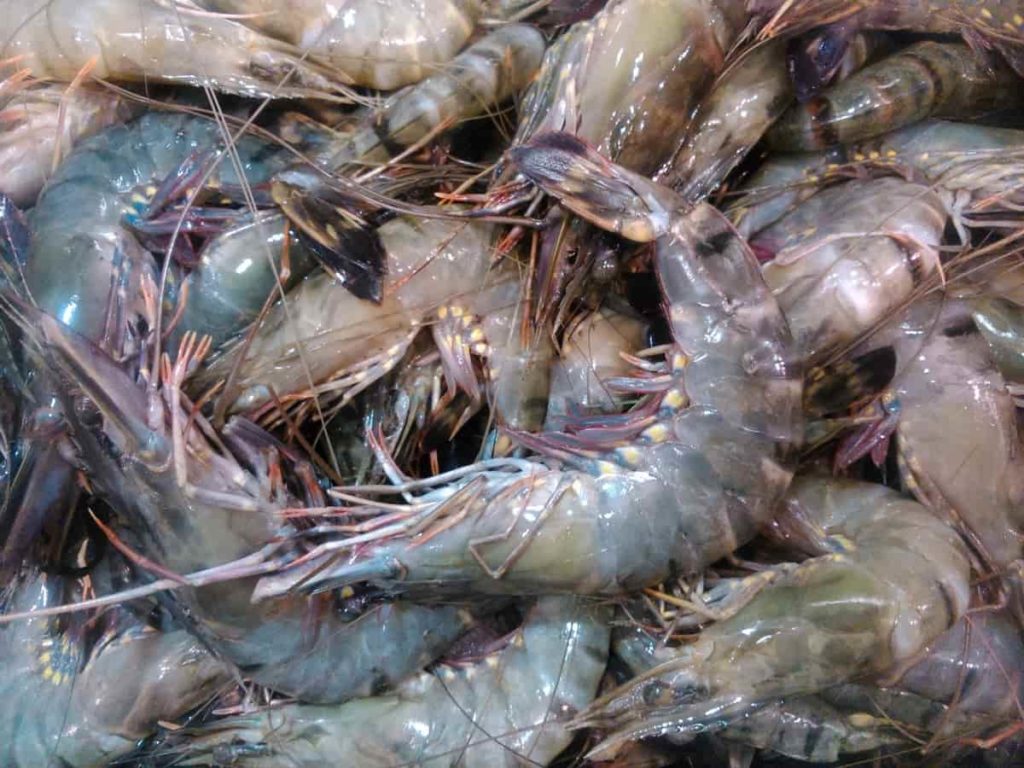
During 1991-1994, brackish water prawn farming exploded, particularly in the coastal areas of Andhra Pradesh and Tamil Nadu. The estimated brackish water area suitable for shrimp agriculture is divided throughout ten states and union territories in India, including West Bengal, Orissa, Andhra Pradesh, Tamil Nadu, and Pondicherry Kerala, Karnataka, Goa, Maharashtra, and Gujarat.
Only around 1.2 lakhs acres are now used for shrimp farming. Thus there is plenty of room for entrepreneurs to enter this area. Penaeid shrimps are among the most significant cultivated species globally, especially in Asia, because of their economic worth and export. White leg shrimp have been introduced to various Indian coastal areas, and they currently account for 90% of the country’s total shrimp cultivation.
The species has a rapid development rate and a much shorter culture time than tiger prawns, making it an appealing option to tiger prawn production in various nations. Andhra Pradesh holds the top spot in India for Vannamei Shrimp culture and production. However, due to the numerous challenges that Vannamei prawn farming now faces, some farmers are turning to nanotechnology for help.
Making 60 lakh per year from prawn/shrimp farming
The success story of Mr. Ramaswamy
Mr. Ramaswamy belongs to the Guntur district is rearing Vannamei prawns on 25 acres yearly. Mr. Ramaswamy owns 30 acres of land, which is of no use for agriculture because of the salt content in the soil. He didn’t know what to do with the land he owned for several years. Then, he started investigating what activities he could take up in these barren lands, and he learned from a friend that prawns could be cultivated in the barren land.
He had to think about taking up the prawns business as it is a heavy investment, and he didn’t have any knowledge regarding prawns. So he took a time of one year and analyzed various business farms and investigated different people regarding prawn farming. Even though he fluctuated a bit at the start, he gradually maintained consistency in gaining huge profits from year to year. He started his prawn farm in 2008 with Vannamei prawns, famous for cultivation in Andra Pradesh.
In case you miss this: Organic Shrimp Farming – Prawn Production Practices
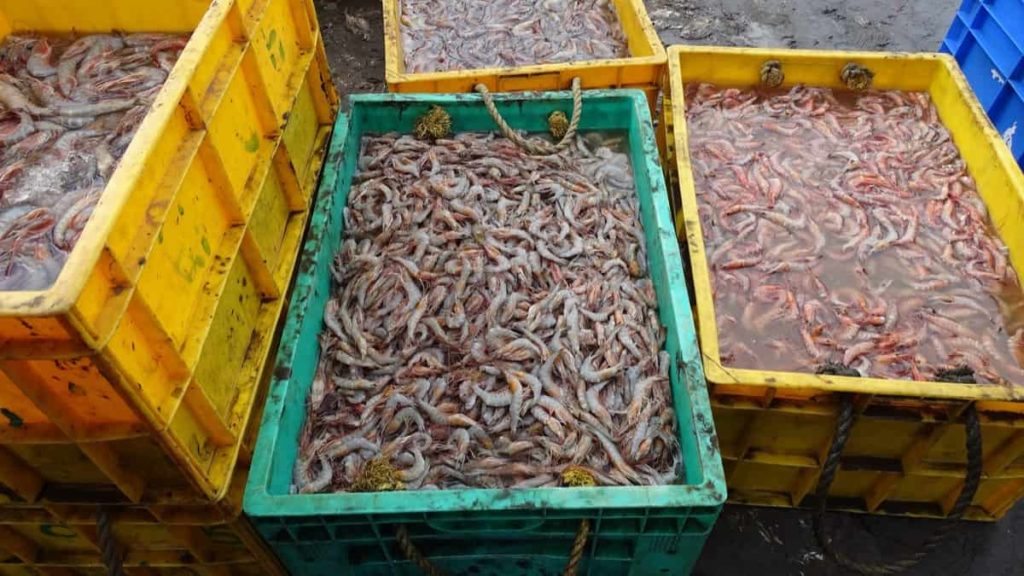
Land development details for prawn cultivation by Mr. Ramaswamy
Mr. Ramaswamy cultivates prawns on 25 acres. He divided this area into 12 ponds, each with an area of 1.5 acres. While constructing the ponds, he chose only a 1.5-acre area for each pond because if there is a sudden problem, we can restrict the loss and take necessary measures beforehand for the other ponds to prevent damage. He allotted 15% of the total area to construct a reservoir. You can store the water in this reservoir and chlorinate them if required. This water can be supplied to the ponds that need water change. By doing this, we can ensure the high quality of prawns.
Prawn cultivation details according to Mr. Ramaswamy
If you want to succeed in the prawn culture, you have to choose the quality seed from the suppliers, and you have to maintain the farm with strict supervision every time to avoid any mistakes while cultivating the prawns. Even minor mistakes can have a significant effect on the yield. Therefore, Mr. Ramaswamy started preparing water beds for prawns in December. This procedure includes cleaning ponds and leaving them dry for at least one month.
After this, they plough the ponds once a week, three times. This can help the soil lose ammonia in the form of gas, making the ponds fresh for the prawn culture. Before supplying water to the ponds, they spread substances such as lime, vermin compost, or organic carbon into the ponds, which help the soil in the ponds to become strong and aid in absorbing less water.
This step is crucial since if your soil absorbs the water in a large amount, it might gradually make water scarce for the prawns. Then the water is released into the ponds. Soon after the water level reaches a sufficient height, you should add Dolomite, Magnesium Sulphate, and Murate of Potash until the water attains a good color. Finally, add Minerals and Probiotics into the water before a few days when leaving to the incubator for buying seed.
In case you miss this: Biofloc Shrimp Farming (Prawn) – a Full Guide
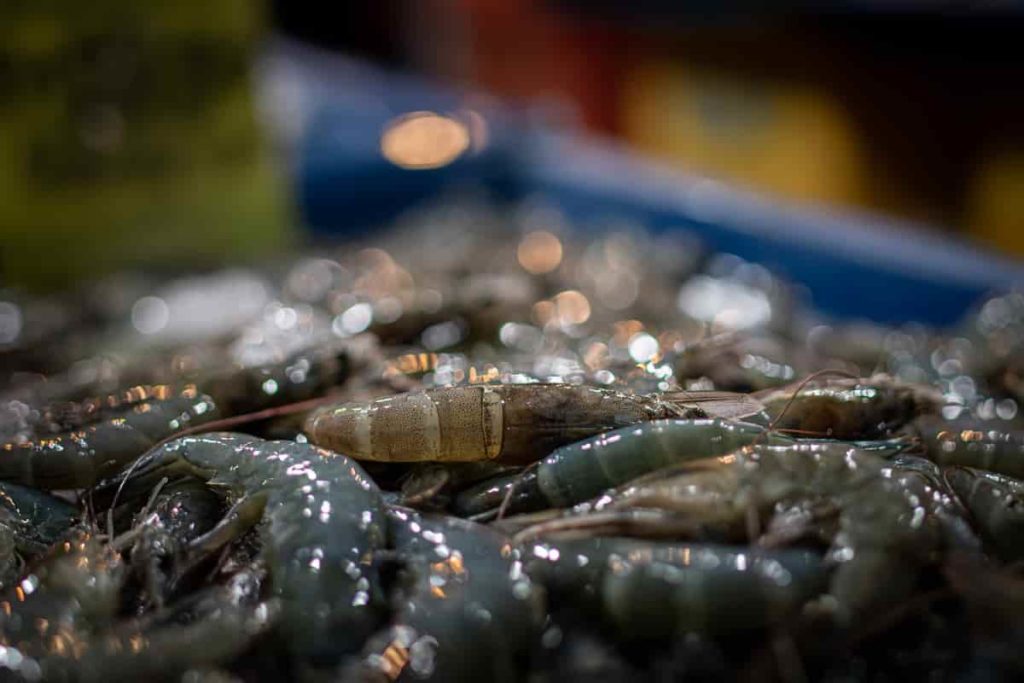
Selecting the seed is a necessary process. First, you have to visit various hatcheries conduct various tests to choose the suitable seed for your prawn culture. Once you visit an incubator, take some feed samples and send them to a laboratory. Repeat this process with various incubators, and once the results come out, cross-check the results with multiple samples and choose the best one out of the selected samples. While selecting the seed, you should test them to see if they are exposed to P.P.R, I.H.H.N.V, and I.H.P diseases.
This has to be done under your direct supervision to avoid mistakes. Small mistakes in this stage can lead the deadly losses. After selecting the seed, you should release this seed into your ponds carefully, with the help of workers who has proper knowledge on how to do so. From the day you release the seed into the ponds, you should start using aerators in your ponds. Mr. Ramaswamy uses four 2 H.P aerators per pond. You should start the aerators 2 hours after the feed is given and half an hour before the feed is given to them.
The cultivation period of Vannamei prawns is nearly 100 to 120 days. Mr. Ramaswamy cultivates the prawns only two times a year. He continues the prawn culture only in the summer and rainy seasons. The ponds are left for drying out in the other seasons. For prawn culture, hydrogen levels in water should be between 7.5 and 8.5, and hydrogen levels in soil should be between 6.5 and 7.5. Water salinity should be between 8 and 25. Oxygen levels in water should not be less than 4ppm.
In case you miss this: Prawn Hatchery Business Plan, Management
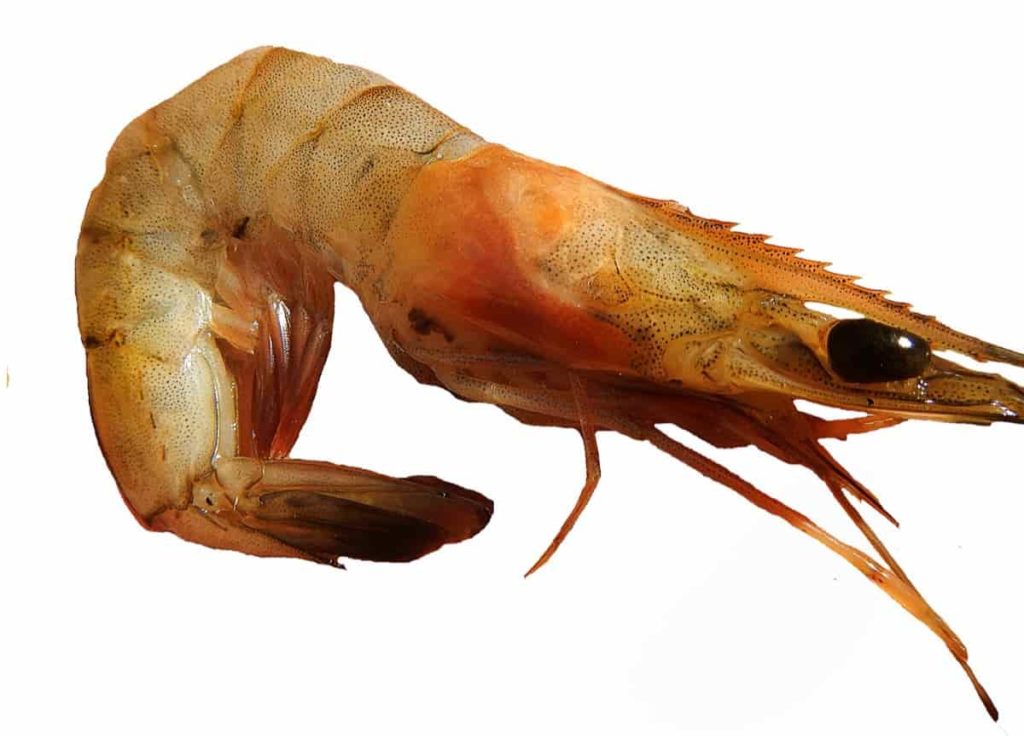
Remember that you should only stock the seed sufficient for the pond. If the excess seed is stocked in the pond, then the developing prawns can get easily prone to various diseases, which can decline the survival percentage of prawns. Most times, if you buy 1 lakh rupees worth of feed from a supplier, additionally he/she/they give at least 30,000 rupees worth of seed for free.
Just by assuming that it came for free and if you choose to stock the other seed into your ponds, you can observe the situations mentioned above in our prawn farm, and also increases the maintenance and feeds cost of your farm. The feed is given to the seeds four times during the day. You should use the 1st number feed for your seed during the first week. Then, from the 8th day to the 20th day, you should use the 2nd number feed in the ponds. Finally, from the 21st day to the 35th day, you have to use the 3rd number feed for the developing prawns.
And from the 36th day till harvesting, Mr. Ramaswamy uses the 4th number feed for the prawns. During these phases, be sure to supply minerals and probiotics to the pond water. For deciding the adequate amount of minerals and probiotics to be added, you have to take your pond water samples to the laboratory and check to see the required number of minerals and probiotics. Then, by proper calculation, add the proper amount of minerals and probiotics to your pond water.
You should also calculate the amount of feed required for each phase by regularly checking prawns from the ponds. The amount of feed you provide to the prawns helps your prawns grow and can also alter the ammonia levels in your water. This is why you have only to give sufficient feed to the ponds. Vannemei prawns undergo a moulting process weekly. The moulting process means the shedding of shells. These species of prawns can grow 0.9 grams in 3 days, which means they can attain a weight of 30 in 100 days.
Sometimes, no matter how many measures you take, the prawns can develop diseases due to increasing pressure in ponds due to sudden climatic changes. One such disease is white spot disease, which doesn’t have any preventive procedures. Mr. Ramaswamy is adopting bio-security measures to culture prawn to address this situation. At the start, Mr. Ramaswamy has to face this situation of white spot disease in a pond.
In case you miss this: Prawn Farming At Home for Maximum Profits
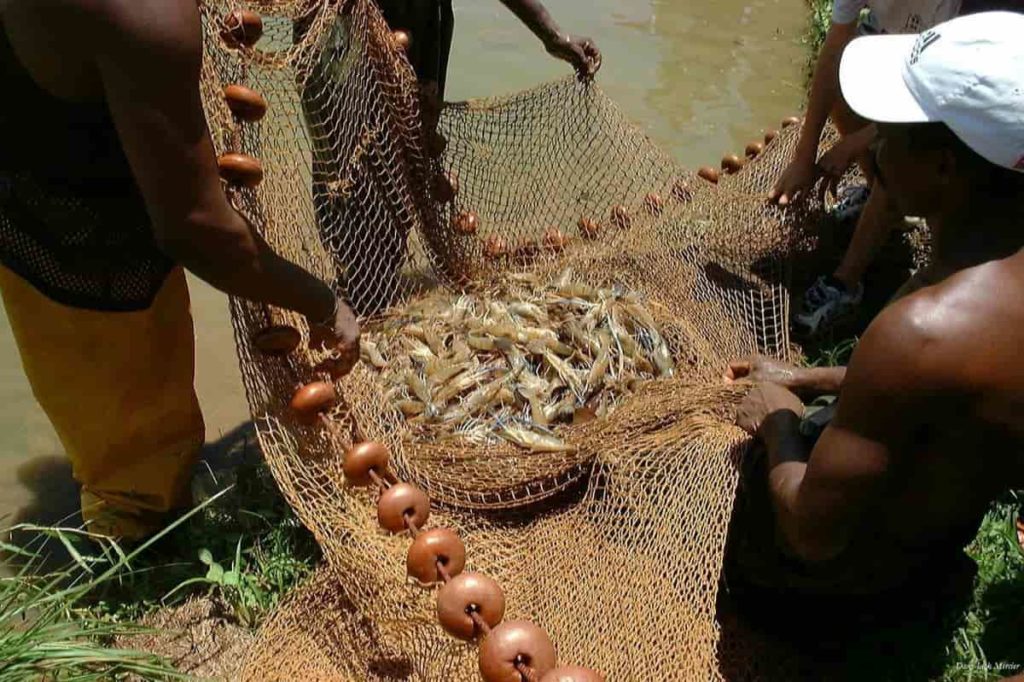
He then immediately removed some amount of seed from the pond, and to protect the rest, he selected a few highly efficient medicines that aid in the prevention of this disease and mixed it with the feed. He also mixed ginger, garlic, and turmeric in the feed and supplied it to the prawns.
Marketing and profit analysis of Mr. Ramaswamy’s farm
Mr. Ramaswamy is investing nearly 5 to 6 lakhs per pond for prawn culture. For a kg of shrimp, it takes almost 2 to 3 kgs of feed, but as he is giving only sufficient feed, which is altering from day to day, he is using only 1.5 kg of feed per kg of shrimp. This can help him save a huge amount of feed costs. However, if we dive deep per pond, Mr. Ramaswamy can get nearly 3 tons. And for these 3 tons, it takes almost 4.2 tons which can cost him almost 3 lakh rupees per pond as feed cost.
A Kg of shrimps takes nearly 250 rupees as an investment. The price for a kilogram of 40 counts is rupees 370 to 400 in the market. That means for a kg. You can get a profit of a minimum of 120-150 rupees. This means he is earning nearly three lakhs per pond as a profit. Mr. Ramaswamy owns 12 ponds, and even if we consider only ten ponds assuming that he lost the prawns in 2 ponds for various reasons, he is earning nearly rupees 30 lakhs per batch by his farm.
He harvests the prawns only two times a year, so the estimated profit he is earning is nearly 60 Lakhs per year by his farm. In this way, Mr. Ramaswamy cultivates his prawns and earns huge profits every year. He also suggests that farmers facing issues by agriculture and farmers who own barren lands enter this business. He added that by proper maintenance and strict supervision of the farm, you could earn high profits.
In case you miss this: Tiger Prawn Cultivation Techniques; Prawn Breeding
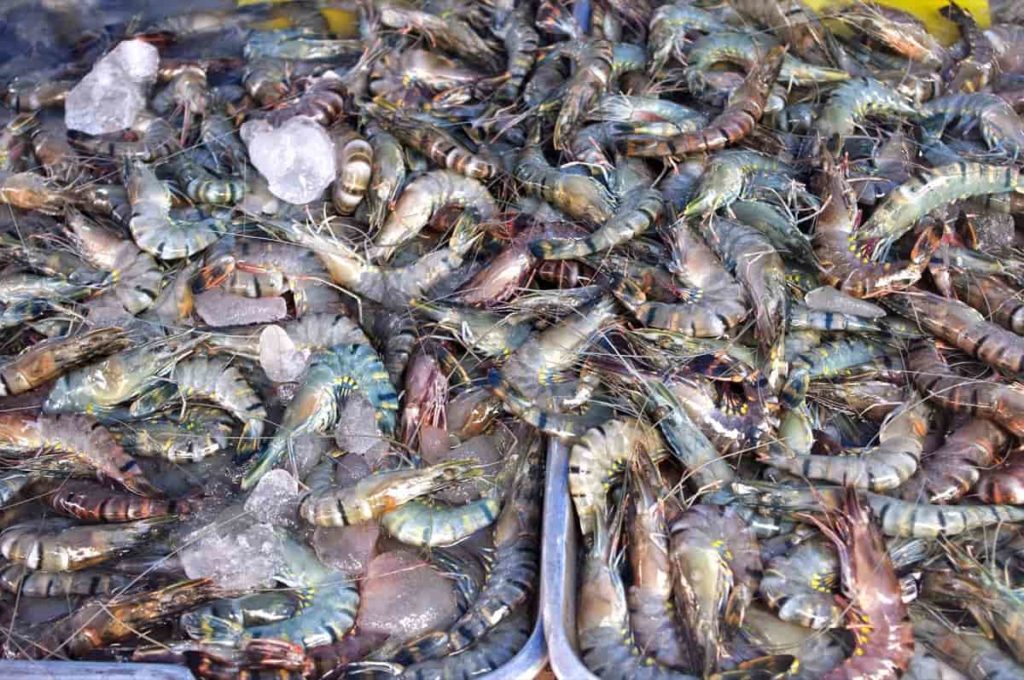
Now Mr. Ramaswamy is a successful and proud owner of his prawn farm who earns huge profits every year by cultivating prawns. Maintaining such a huge farm is not a simple task, and by working hard on the things you want, you can get the best results, which Mr. Ramaswamy proves.
- How to Make Houseplants Bushy: Effective Tips and Ideas
- Innovative Strategies for Boosting Coconut Pollination and Yield
- Pollination Strategies for Maximum Pumpkin Yield
- The Complete Guide to Chicken Fattening: Strategies for Maximum Growth
- Natural Solutions for Tulip Problems: 100% Effective Remedies for Leaf and Bulb-Related Issues
- Revolutionizing Citrus Preservation: Towards a Healthier, Greener Future
- Natural Solutions for Peony Leaf and Flower Problems: 100% Effective Remedies
- Maximizing Profits with Avocado Contract Farming in India: A Comprehensive Guide
- Natural Solutions for Hydrangea Problems: 100% Effective Remedies for Leaf and Flowers
- The Ultimate Guide to Choosing the Perfect Foliage Friend: Bringing Life Indoors
- From Sunlight to Sustainability: 15 Ways to Use Solar Technology in Agriculture
- The Ultimate Guide to Dong Tao Chicken: Exploring from History to Raising
- The Eco-Friendly Makeover: How to Convert Your Unused Swimming Pool into a Fish Pond
- Mastering the Art of Delaware Chicken Farming: Essentials for Healthy Backyard Flocks
- 20 Best Homemade Fertilizers for Money Plant: DIY Recipes and Application Methods
- How to Craft a Comprehensive Free-Range Chicken Farming Business Plan
- Brighten Your Flock: Raising Easter Egger Chickens for Beauty and Bounty
- How to Optimize Your Poultry Egg Farm Business Plan with These Strategies
- Subsidy for Spirulina Cultivation: How Indian Government Schemes Encouraging Spirulina Farmers
- Ultimate Guide to Raising Dominique Chickens: Breeding, Feeding, Egg-Production, and Care
- Mastering the Art of Raising Jersey Giant Chickens: Care, Feeding, and More
- Ultimate Guide to Raising Legbar Chickens: Breeding, Farming Practices, Diet, Egg-Production
- How to Raise Welsummer Chickens: A Comprehensive Guide for Beginners
- How to Protect Indoor Plants in Winter: A Comprehensive Guide
- Ultimate Guide to Grow Bag Gardening: Tips, Tricks, and Planting Ideas for Urban Gardeners
- Guide to Lotus Cultivation: How to Propagate, Plant, Grow, Care, Cost, and Profit
- Agriculture Drone Subsidy Scheme: Government Kisan Subsidy, License, and How to Apply Online
- Ultimate Guide to Raising Araucana Chickens: Breed Profile, Farming Economics, Diet, and Care
- Bringing Hydroponics to Classroom: Importance, Benefits of Learning for School Students
- Ultimate Guide to Raising Polish Chickens: Breed Profile, Farming Economics, Diet, and Care
- Ultimate Guide to Raising Australorp Chickens: Profile, Farming Economics, Egg Production, Diet, and Care
- Silkie Chicken Farming: Raising Practices, Varieties, Egg Production, Diet, and Care
- Sussex Chicken Farming: Raising Practices, Varieties, Egg Production, Diet and Care
- Homemade Feed Formulations for Livestock: Discover Cost-effective Starter to Finisher Feed Recipes
- 20 Best Pig Weight Gain Supplements: Top Swine Weight Gain Formulas
- Ultimate Guide to Elderberry Farming: Propagation, Planting, Yield, Cost, and Profit